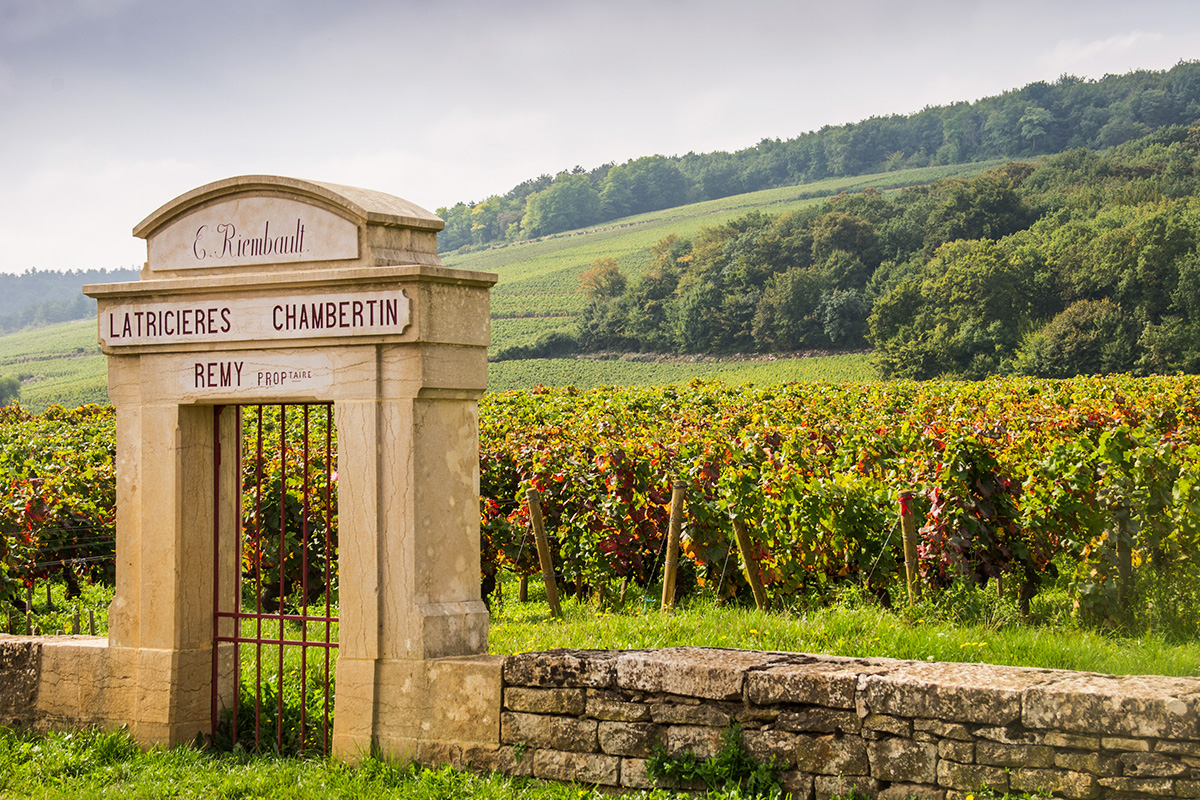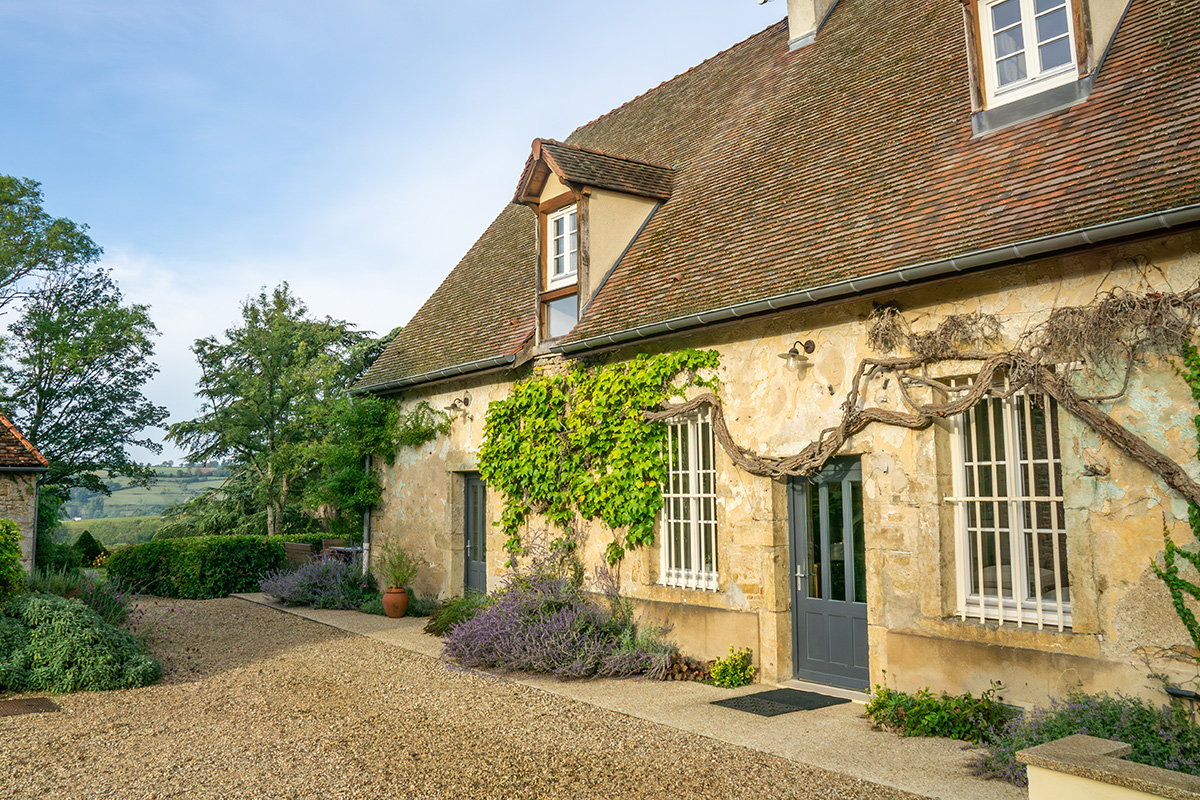View Articles by Category
How The Land Lies: Understanding Burgundy Geography

In order to fully understand and appreciate Burgundy wines and all their nuances, there are some things you should know a bit about. The winemaker, of course, and what they want their wines to be like. The grape, and how the wine was made, as well as assorted other factual nuggets. One further thing you need to appreciate is how the land lies, quite literally—the soil (or terroir) that the grapes are grown in: how hot, wet or windy it is, etc. In other words, understanding Burgundy geography is key to enjoying its wines.
Think of Burgundy’s wine-growing regions as being a collection of six huge vineyards (or groups of vineyards), stretching nearly 300km from Yonne to Macon. All of these vineyards are classified as AOC (Appellation d’Origine Controlee) which is a system unique to France.
Burgundy Geography: The Main Wine Producing Regions
Running from north to south, let’s take these regions of one by one:
- Chablis and Grand Auxerrois: at the very top of Burgundy, this region is cooler than others and so the Chardonnay grape benefits from a slower maturation. Here the soil and rock that the vines grow on used to be ocean floor, and tiny oyster shells found in the earth give Chablis wine its famous river-rock minerality. For further information on this region, read our beginner's guide to Chablis, or our guide to how long should you keep a Chablis? BurgundyWine.com sells some of the best Chablis around.
- Côte de Nuits and Côte d’Or: As you drive south out of Dijon, in the distance on the hillside, you see the vineyards of the Côte d’Or for the first time. These are the ‘golden slopes’ (literally translated), the real heartlands of Burgundy wine production. The Côte de Nuits is the northern half of the Côte d’Or. The rock under the soil here is great at producing red wines of world-beating quality. You’ll recognise some of the names: Morey-St. Denis, Chambolle-Musigny, Clos de Vougeot, Echezeaux, Romanée-Conti, and on to Nuits-St.-Georges which gave its name to the Côte de Nuits. Try some of the best burgundywine.com wines from the Cote de Nuits here.
- Côte de Beaune: This southern half of the Côte d’Or produces world class white and red wines. It rains frequently all year round, and the winters are cold and the summers pleasingly hot. Wine lovers need to take care though, because one of the main characteristics of Burgundy geography is the way the terroir is fragmented and split up. It means the wines can be unpredictable, and big names are not always a guarantee of quality. Local knowledge is the only sure-fire way of navigating the wines with confidence, so look for the best small appellation Beaune wines for the best value.
- Côte Chalonnaise: there are five main villages or ‘communes’ in the Côte Chalonnaise region (which takes its name from the nearby Chalon-sur-Saône river). From north to south, they are: Bouzeron (famous for its Aligoté grapes), Rully, Mercurey, Givry and Montagny. Their vineyards are more elevated than those in the Côte de Beaune, which means a ripening process which is a little more uncertain, and a harvest time which happens later in the year. But they tend to be much more reasonably-priced—more so than the Côte de Beaune or Côte d’Or, but with similar excellent quality. Look for the Chalonnaise wines of the winemakers that Elden Selections works with.
- Mâconnais: travel south, about 35 miles south of Chalon at the very southern tip of the Burgundy region and you’ll find the region of Mâconnais. It has characteristic limestone subsoil, with a topping of either alluvial topsoil or clay. It’s also a little warmer here than Côte d’Or, perfect for the Chardonnay grape, which is handy as this grape makes up around nine in every ten bottles of Mâconnais wine. For many, the Mâconnais is a well-kept secret—not too touristy or expensive, but populated by smaller, high-quality vignerons who make distinctive white wines. Quality is rising as fast as renown here, thanks in large part to winemakers in Pouilly-Fuissé, and Saint-Veran.
- Beaujolais: This bit of Burgundy geography is special because it's similar in many ways to the Rhône region, which overlaps its southern flank. 98% of Beaujolais wines are red, produced on land alongside the meandering Saône river, and (unusually) they use the Gamay grape for their red wines. There are 10 Beaujolais Crus, all fed by the tributaries of the Saône, which itself is a tributary of the Rhône. In the north of the region the grapes grow on mainly granite terrain. As you travel south, the soils turn more to clay and sandstone, the perfect terroir for producing brighter, lighter early-drinking Beaujolais Villages. The best way to discover them is to try some of the best Beaujolais wines from small appellations and winemakers.
Of course, within each of these regions are vineyards of varying quality. If you’re ever travelling here, look closely at the Burgundy geography; especially at the hills behind the villages. Look for a small valley, usually where a road leaves a village, up through the hillside—that’s a combe. In the past, water would have flown down these combes and into the valley, depositing rich, fertile silt around the mouth of the combe. This, therefore, is where the best wines are grown today—the Premier and Grand Crus, but an exploration of those terms is a topic for another article!

Tread the Burgundy Terroir as Our Guest!
What better way to discover how the land lies in Burgundy and try the wines of each terroir than to stay in the heart of Burgundy as our guest? We open our home amongst the vines – the Domaine de Cromey – to guests all year round, so they can live like lords and ladies of this old manor house in true baronial splendour and luxury. Our home is situated in the Couchois region, making it perfectly placed to walk, cycle or drive to many of the most famous and beloved appellations and villages of this fascinating region and learn all about Burgundy geography. We host cookery classes, wine tastings with some of our best winemakers, bike rides, tours of local sights, and so much more. Why not book your stay today by clicking here?